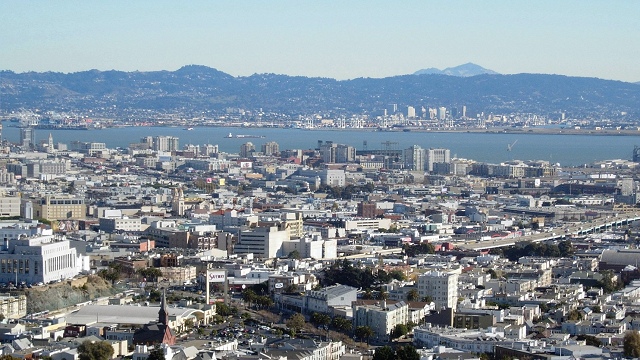
When you add up the challenges that humanity faces, the brunt of them falls on cities. Rising sea levels, flooding, earthquake/tsunamis, water supplies, transportation, power, jobs, governance—there’s no safety in numbers; instead, with numbers come vulnerability. Speaking as a geologist, I naturally ascribe all this to life on a dynamic planet.
Many experts have been urging cities to adopt resilience as a goal. Resilience is like robust good health in you or me, helping us avoid injury, cope with health threats, recover quickly and adapt to changes. Resilience is not defined by emergencies, it’s what we do between crises to get ready for them. Resilience is the coursework for which catastrophes are the final exams. As the Rockefeller Foundation puts it, “Resilience is the capacity of individuals, communities and systems to survive, adapt, and grow in the face of stress and shocks, and even transform when conditions require it.”
When the Rockefeller Foundation turned 100 this year, the New York nonprofit decided to launch a $100 million project called 100 Resilient Cities. Applications opened in May, and the first 33 winning cities were announced on Tuesday. The geological hazards they face include earthquakes, tsunamis, rising sea level, landslides, drought, flood, erosion and more. These in turn threaten the cities’ human and technological frameworks, on top of the intrinsic instabilities of growing population centers.
Of these first 33 cities, 11 are in the United States and 5 are in California. One is Los Angeles, of course. The other four are not just in the Bay Area, but have common borders: Alameda, Berkeley, Oakland and San Francisco. Instantly, the Bay Area has become a unique and high-stakes experiment. (The remaining six U.S. cities are Boulder, El Paso, Jacksonville, New Orleans, New York and Norfolk.)
A hundred million dollars across 100 cities gives each one a million dollars in support. In return, the cities “commit to developing or implementing a city-wide resilience plan” and hire a Chief Resilience Officer in the city government. Those two things should pretty much eat up the seed money. In addition, the cities will be offered “solutions to spur investments and financing for resilient infrastructure, information technology tools, and policy models for resilience-enabling laws and regulations.” Finally, the cities must collaborate with each other, presumably via some online forum.